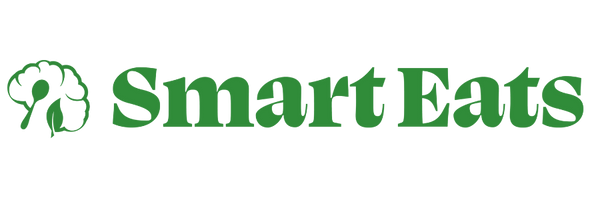
Summary
- Many cereals and other foods are fortified with iron
- In the US, iron and other vitamins were first added to grains in the 1940's
- Fortified foods are safe to consume for people of all ages
- Eating iron-fortified foods can improve iron and blood status
- Fortified foods may not be enough for anemia or iron deficiency
- Maximize iron absorption by adding orange juice/vitamin C
- Iron Lift can add fortification for iron deficiency
Explaining Iron Fortified Cereals
Iron fortified cereals are cereals with added iron. During the production of iron-fortified cereals, iron powder and other vitamins/minerals may be added when making the grains into a dough. The iron, vitamins, and minerals are added in the same form as you could get in a multi-vitamin or supplement. For example, iron is often added as ferrous sulfate, which is affordable and easy to work with.
During the production of iron-fortified cereals, iron powder and other vitamins/minerals may be added when making the grains into a dough
Why are Cereals Fortified with Iron?
Grain fortification began in the US in the 1940's to help reduce anemia, which affected many people at that time (and still does). Grains, and particularly cereals, were chosen because it is easy to mix iron into the dough and because these foods are eaten regularly. In addition, cereals were targeted because of their popularity with kids, who are at very high risk for iron/vitamin deficiency and anemia.
Grain fortification began in the US in the 1940's to help reduce anemia
Major Cereal Brands are Fortified with Iron
Many popular breakfast cereals are fortified with iron, including bran flakes, oatmeal, cornflakes, and more. Brands such as Cheerios, Total, and Special K provide varying amounts of iron per serving. To know whether your cereal is fortified, you can check the ingredients list. If you see ferrous sulfate (or any other "ferrous" ingredient), you will know that iron is added. The nutrition label will tell you roughly how much iron is added, although that amount will also include any iron which naturally occurs in the ingredients.
If you see ferrous sulfate (or any other "ferrous" ingredient), you will know that iron is added.
Cereal is not the only Iron Fortified Food
Besides cereals, other carbohydrates are commonly fortified with iron, such as bread and pasta (when using enriched flour), as well as rice. In other food groups, fortification rarely includes iron. For example, fortified oat milk more commonly add vitamins without adding any iron. Nutrition shakes will occasionally fortify with iron, but many leave it out -- you have to check the label to know for sure.
Yes, Iron-Fortified Foods Are Safe
Iron fortified foods are definitely safe and highly unlikely to cause you to have too much iron. Only people with conditions like hemochromatosis (which is typically due to genetics) should worry about possible negative consequences from eating fortified foods. While consumption of high quantities of iron can cause side effects like nausea, indigestion, and constipation, this risk applies to supplementation more so than to fortified foods.
Can Iron Fortified Cereal Fix Anemia and Iron Deficiency?
Iron fortification works. Widespread food fortification efforts in the US have succeeded at reducing rates of anemia and iron deficiency. Even so, anemia and iron deficiency remain extremely common, with the latter affecting as much as 1/3 of the population. If you have a diagnosis of iron deficiency or anemia, iron fortified foods alone may not be sufficient to resolve it. The same can be said for people who suffer from the debilitating effects of iron deficiency, such as fatigue, brain fog, and hair loss.
Widespread food fortification efforts in the US have succeeded at reducing rates of anemia and iron deficiency.
How to Get the Best Results from Iron Fortified Cereal
To maximize the benefits of iron fortified cereal, be sure to eat it regularly (at least every other day) and to pair it with orange juice or another source of vitamin C. Vitamin C enhances iron absorption, as does vitamin A. Moreover, vitamins b12 and folate are crucial for using iron to generate new blood. Avoid consuming the iron fortified cereal with coffee or tea, which reduce iron absorption.
Smart Eats Iron Lift is a unique iron powder that you can add to your iron fortified cereal, or that you can use to fortify any regular cereal, oatmeal, or yogurt.
Enhance Your Iron Fortified Cereal with Iron Powder
Smart Eats' Iron Lift is a unique iron powder that you can add to your iron fortified cereal, or that you can use to fortify any regular cereal, oatmeal, or yogurt. Iron Lift will provide gentle iron with vitamins for enhancing absorption and with protein for storing iron as ferritin. Iron Lift also provides prebiotic fiber to support digestion and reduce the risk of side effects. This highly-absorbed and easily-tolerated iron powder comes in tasty chocolate and vanilla flavors, including whey and vegan protein options.
